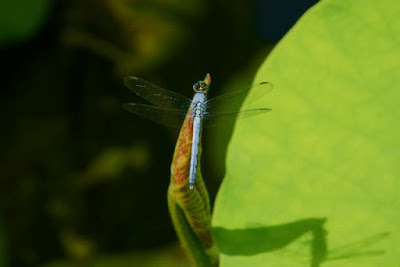Beth Kephart's Blog, page 178
June 27, 2012
Small Damages/School Library Journal Review
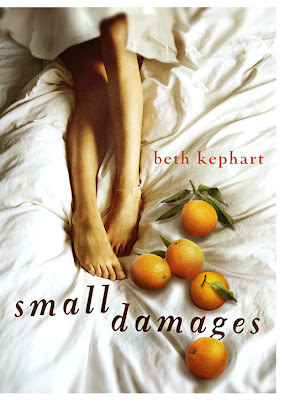
My dear friends of Philomel have sent along the School Library Journal review of Small Damages, and I am breathing a sigh of relief. The pre-launch period of any book is an exercise in measured breathing.
I share the words with you here:
KEPHART, Beth. Small Damages. 304p. CIP. Philomel. July 2012. Tr $17.99. ISBN 978-0-399-25748-3. LC 2011020947.
Gr 9 Up–Kenzie is 18 and pregnant, much to the embarrassment of her mother and her Yale-bound boyfriend, Kevin. Feeling helpless and alone, she submits to her mother’s plan to keep the mistake hidden by going to stay with friends of friends in Spain for the duration of the pregnancy and giving up the baby to adoptive parents. In a daze, Kenzie finds herself on a dusty bull farm, Los Nietos, hot and lonely, experiencing a lifestyle that is completely different from her former life. But it is in this unknown landscape that the young woman finds the support that she lacks at home. The cranky old cook, Estela, and the mysterious young horseman, Esteban, become the nurturing mother and attentive friend that Kenzie yearns for, and she becomes the kind of person who can take care of herself and her baby. Beautifully told, the characters’ stories are soulful and compelling, and the setting is rich and alive. While the subject matter might seem familiar, even overdone, this story is unexpectedly tender and original, never falling prey to cliché or the trappings of the typical teen problem novel. Or if it does—the moodiness, the somewhat easy resolution—the style is so engaging that the tale is still fulfilling.–Jennifer Miskec, Longwood University, Farmville, VA




Published on June 27, 2012 11:41
Gail Caldwell and Caroline Knapp/two memoirs, two friends
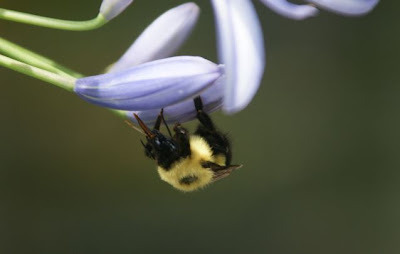
Let's Take the Long Way Home, Gail Caldwell's classic and classically beautiful memoir of friendship, hit me deeply when I first read it. It is a dignified book, a true story of loss. Caldwell had written of her friend, the writer Caroline Knapp, who had fought off anorexia and alcoholism by the time the two met, and who had shared, with Caldwell, a love of rivers and of dogs. Caldwell had written of Knapp's dying, from lung cancer, just as Knapp's life was finally making sense. Personal happiness and calm had been found. A door had opened. Cancer slammed it shut.
Caldwell's memoir left me with a lingering desire to know more about Caroline Knapp, and yesterday I finally read Drinking: A Love Story, the famously famous memoir about Knapp's slide into and recovery from alcoholism. I'm not sure why I had avoided this book for so long. I'm not sure what I thought it would be. But what I discovered, in Drinking, was an immeasurably intelligent and quiet voice. I found a woman I am sure I would have liked.
There isn't the bravado, in Drinking, of the Big Survivor. There isn't the boast one sometimes hears in the recounting of harrowing tales—Can you believe I was like that? Can you imagine I survived? I know it's nasty, I know I was a jerk, but secretly, really, wasn't it all kind of wondrous, in a twisted (I'll admit it) way? There isn't the sense that Knapp believes her story trumps all other tales. There is only the sense that perhaps by telling her tale—by exploring the slide, the massive deceptions, the dangers, the heat and seeming loveliness of alcohol, the balm of community—she may be helpful to others. This is not memoir as exorcism or exhibitionism, in other words. It's not a memoir in which the rememberer pretends to remember any more than she does. It's a book that is moving and hopeful and sad. It's impact, on me, will forever linger.
I returned to Caldwell's memoir after finishing Drinking. I read again those opening pages. I understood—it was even clearer now—the size of Caldwell's loss.




Published on June 27, 2012 06:33
June 26, 2012
this is what my husband does: real art
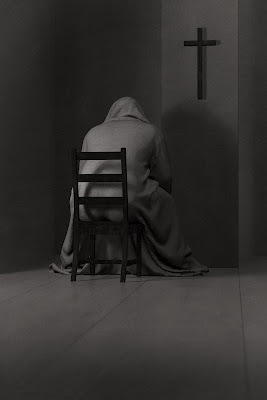
We live in a small house, a cottage, really, surrounded by growing things. Out in the back is an old two-story shack (a garage, in the old days, when cars were super slim) and that is where my husband works.
Most of the time I don't know what he is doing. He prefers that I not ask, and so I let him be. But I'm always very happy when he sends me some of his work, and I'm even happier when he lets me share it here.
Today I received this gift over email. This is not a photograph. Every fold of fabric, every board of floor, every shadow was modeled with 3D software.
This is what my husband does.




Published on June 26, 2012 15:57
June 25, 2012
The Salt God's Daughter/Ilie Ruby: Reflections
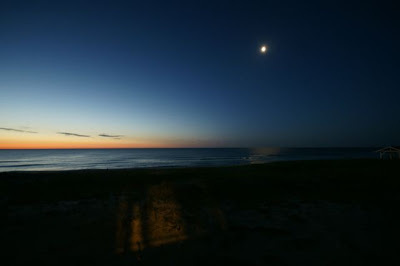
A few weeks ago, Jillian Cantor, a novelist and friend, mentioned Ilie Ruby and her new book The Salt God's Daughter to me in a Facebook message. It was, Jillian said, one of the best books she'd read in a very long time, and she was rooting for it. And so when Ilie herself wrote and offered me an early look at the book, I of course said yes.
I'm so happy that I did.
Readers of this blog know that I am a gigantic fan of Marilynne Robinson and Housekeeping—its vivid attention to place and details, its evocation of lonesomeness and ache in two sisters who lose their mother too soon. With its lush and outrageously unexpected particulars (about the sea and sea lions, about the artificial waterfalls that disguise man-made drilling platforms, about all varieties of moons, about bougainvillea blooms, about the old hotel that becomes a home and salve), Ilie's book put me in a Housekeeping state of mind, as did her wonderful Ruthie, whose story this primarily is. Ruthie is one of two sisters. She and Dolly lose their mother—mercurial, poetic, forever vanishing—precipitously. They are shuffled here to there, and in the process they grow wild. They will be hurt, especially Ruthie, by the savage greed of others.
And then Ruthie meets the love of her life.
Ruthie's man is not like regular men, however. He spends a lot of time at sea. His textures are slightly different, and so are his eyes, and when Ruthie becomes pregnant with his child, the slight strangeness that has permeated these pages morphs into something tangibly odd, deliberately magical. Enough so that those who one day meet Ruthie's daughter, Naida, begin to call her Frog Witch.
The Salt God's Daughter is ripe with tides and moons, the smell of ocean, the lingering sensation of pink petals and blue nights. It's luxuriant writing, thoughtful, pleasingly moody, rustled through with wind. Yet, no matter how surreal the story becomes, it offers real places, true landscapes, every day truth. I share my favorite paragraph:
A good death could make everyone feel better about your life. When Saul Green died, Mrs. Green tied a light blue ribbon around the thin green trunk of the Sentry Palm in the courtyard. Those who passed by it would recognize the symbol of gift, a sign that reminded you to notice the gifts all around you, mostly the ones that faded into the landscape of your life. Mr. Green considered himself exceptionally lucky and he told his wife every day. This, she said, was the mark of a good marriage—when both partners considered themselves lucky because of the other. But more, when they acted on the gratitude they felt This had nothing to do with giving presents. This had everything to do with the gift of awareness. If you could do this, your partner would always feel as if your life together was a gift.




Published on June 25, 2012 16:06
in the aftermath of three made books.
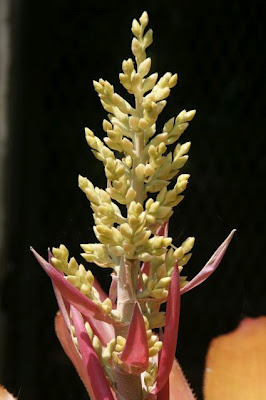
Yesterday I sent dear Tamra Tuller of Philomel the revised Berlin novel. A few days before, HANDLING THE TRUTH went off to Lauren Marino at Gotham, and the week prior to that DR. RADWAY'S SARSAPARILLA RESOLVENT was emailed to its publisher, a package made complete by my husband's eleven illustrations.
It has been, in other words, a heady time—my thoughts, in overlapping intervals, inside a certain German city, circa 1983, inside a century's worth of 100 memoirs, and inside 1871 Philadelphia and the cacophony of Baldwin Locomotive Works.
But it was my office that was really showing the heat.
That space is so much neater now. It's dusted and Windexed and vacuumed, too. It's a place for starting over in, and that is what I'll be doing over the next many weeks. I'll be back at work on corporate projects. I'll be doing some teaching, some reviewing, some author interviewing, some essay writing. I'll be reading some 20 new books and celebrating them here, on my blog, with the world.
And I'll be launching SMALL DAMAGES.
It will be an untangling time. It will be awhile, I suspect, before I begin to dream about any new books.




Published on June 25, 2012 02:43
June 24, 2012
Nothing But Ghosts, in German
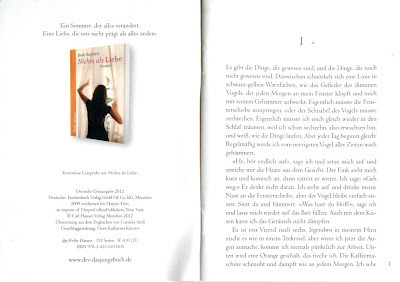
A box of the German translation of Nothing but Ghosts (now titled Nichts als Liebe) arrived last week not just with the books themselves, but with this lovely excerpt, palm-sized, of the book's first four chapters.
It did my heart good.
Many thanks to Deutscher Taschenbuch Verlag and to Cornelia Stoll, who did the translation.




Published on June 24, 2012 16:25
image of the day
Published on June 24, 2012 15:37
The Secret Life of Objects/Dawn Raffel: Reflections
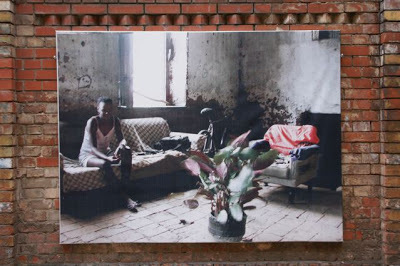
Long ago, in my snowy city, Dawn Raffel read from her then-new novel in a Walnut Street bookstore. No, Dawn did not read from her book. She evoked it, reciting the words without ever once consulting the bound pages before her. It was extraordinary. A writer in tune with the rhythms of her story. A book night I will always remember.
Just as I will always remember my own sweet yesterday afternoon as I read Dawn's new book, The Secret Life of Objects, to myself. This enchanting Jaded Ibis Press production, illustrated by Dawn's son, Sean Evers, is a suite of miniature essays about things—found things, lost things, remembered and misremembered things. The rocking chair. The lock of hair. The nesting bowls. The moonstone ring. The glass angel. The father's hat. It is an exploration of attachments, a series of prose poems, a little bit of memoir as well as commentary on memoir. It's an archeological dig, of sorts. It's scrapbook and philosophy.
And it is so easy to love. Its sweet brevity. It's uncoiled profundity. It's kindness toward others.
Secret Life is an original book, destined, I think, for classic status. It's a perfect teaching book; I know precisely how I'll use it next spring at Penn. For now I share the essay that hit me hardest. It's a paragraph, only, three sentences. It is the right enough:
The Frogs
My husband saw me looking in the window of a store at five wooden Balinese frogs, each playing a musical instrument. A week later, on our anniversary, those frogs were on our bed. This is why we're married.




Published on June 24, 2012 09:37
June 23, 2012
Finishing Berlin, with gratitude to three women
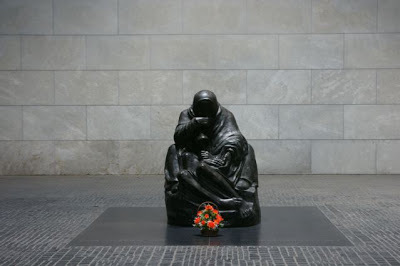
Tamra Tuller isn't just an incredibly kind and interesting and intelligent (and very pretty) person. She's a sympathetic reader and an outstanding editor. A few days ago Tamra shared with me her final comments on the Berlin book. I've just now finished picking those edits up. In every single instance Tamra was right. Any objective third party would have seen it. I trust Tamra to see what I don't.
Among Tamra's suggestions was the request that I consider (Tamra never insists) removing the book's opening lines. I would not have seen the power of doing that on my own, but the second Tamra said it, I knew she was right. Whoosh. A quick delete. A better book.
I want also today to thank my dear friends Annika Duesberg and Heather Mussari for reading this manuscript in its early iteration. Annika is German, born and bred. She brought her big heart and impeccable English to our country more than eleven years ago. Annika and I know each other through dance and gardens; she agreed to read this book before she headed back across the sea to live. Sometimes Annika called her mother to check on details. Always she was honest with me. I feel incredibly lucky to have such an authoritative German reader—and extremely dear and jewel-eyed person—behind me.
Just as I feel lucky to have had the support and inspiration of one Heather Mussari, a knock-out through and through. Heather is an artist and a muse. She taught me things about pink hair, graffiti, and night prowling—things that became part of the story I told. She was interested in this novel. She cared that it came to be. She's a very big part of the tale; she is, in some ways, my Ada. And when I was looking lousy, Heather fixed up my hair and sent me out into the world with her brand of beauty. I stood taller on those days. I felt her loveliness touched down on me.
So. Three women. Gratitude. And some lines (below) that will never appear in this book. They served their purpose, months ago, by getting this story moving. Sometimes that's all some lines are meant to do.
My mother knows, she’s watching—her
breath icing the window and a smudge of old blue beneath her eyes. In the morning, the single
whitened pane of glass will suffer like a cloud.
“I’m
back, Mutti.”
“Danke, Ada.”
She will sleep,
then, until the day comes for her, while Omi stirs her coffee with the smallest
brick of bread.




Published on June 23, 2012 13:00
Summer Reading 2012: Responses to a Questionnaire
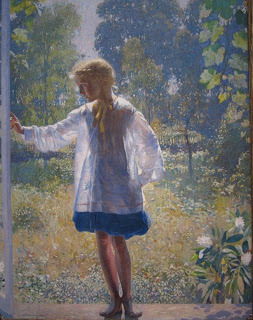
Back in mid-April, while living those few glorious days beside the ocean's gentle roar, I was asked a few questions about my hoped-for summer reading. Two months have elapsed, and some of my predictions for myself have held true. Some predictions are still waiting to be fulfilled. Some books held up to what I hoped they would be. Some (or, to be specific, one) severely disappointed.
This beautiful girl lives, by the way, at the Philadelphia Museum of Art. She's one of my teaching aides fort the upcoming VAST Teacher Institute.
But here is who I was or thought I'd be, in mid-April, when contemplating these questions by the sea.
What
are you reading this summer?
I have an exquisite pile of books waiting for me—Cheryl Strayed’s WILD,
Katherine Boo’s BEHIND THE BEAUTIFUL FOREVERS, Adam Gopnik’s WINTER, Loren
Eisley’s ALL THE STRANGE HOURS, and the GRANTA BOOK OF THE IRISH SHORT STORY
(edited by Anne Enright and including such gems as the Colum McCann class
“Everything in This Country Must”). I like to mix it up—new and old,
memoir and fiction.
What
was your favorite summer vacation?
Favorite is a hard word for me. Love is easier. I loved my family’s
summers at the Jersey shore when I was a kid and my father taught me how to dig
for the clams with our toes. I loved Prague and Seville with my husband and
son. And last summer I fell head over heels for Berlin. Anybody
would.
What’s
your favorite book about summer?
Harper Lee’s TO KILL A MOCKINGBIRD isn’t about
summer, per se. But all of its most lush and important parts happen
within and under the summer heat.
What
was your favorite summer reading book as a kid?
How boring, how obvious, how true to admit that it was F. Scott Fitzgerald’s
THE GREAT GATSBY that enchanted me, again and again, as I sat collecting sun on
my face with a piece of tin.
What
is your favorite beach read?
I never read on the beach. I walk and look for dolphins. I read at
night, when my body is still.
What’s
the last book you devoured on a long flight?
The last time I was on a long flight I re-read BOOK OF CLOUDS by Chloe Aridjis.
I was glad I did. I took off from Heathrow. I landed in
Philadelphia. And in between I’d lived Berlin.
What’s
your go-to book to read when you know you only have a few uninterrupted moments
of peace?
I read Gerald Stern’s poems. They fix my migraines.
What’s
a great book about discovery or travel to read on a long road trip over several
days?
Steinbeck often works.
What
would you re-read?
I will be re-reading Alyson Hagy’s BOLETO when it comes out in May from
Graywolf. I read it in galleys, my Christmas Day present to myself.
I was literally jumping off the couch to read phrases to anyone who’d
listen.
What
are you stealing from your kids’ shelf?
I wish my kid would steal from my shelves! I have even offered
enticements, but he’s refused. In any case, two of my most loved books of all
time — THE BOOK THIEF (Markus Zusak) and CARVER (Marilyn Nelson) — were
published for younger readers. Which is to say, they were published for
the best parts of all of us.
What
book transports you to another time or place?
Anything Michael Ondaatje writes, but let’s stick with his memoir, RUNNING IN
THE FAMILY, which takes readers to Ceylon (Sri Lanka). All right. I
can’t stick with just one. Let’s add his remarkable COMING THROUGH
SLAUGHTER, the fictionalized life of Buddy Bolden. That one takes you
straight to the wild songs of New Orleans.
Who is
your favorite character/hero/heroine?
Hana from Ondaatje’s THE ENGLISH PATIENT. I fell in love with her.
What’s
a classic summer book?
Don’t all girls read THE SECRET GARDEN (Frances Hodgson Burnett) in summer?
What’s
a book that truly taught you something?
Marilynne Nelson’s HOUSEKEEPING taught me that it was okay to be fierce with
language. I’ve read it several times.
What’s
a first line from a novel that you’ll always remember?
The first line of Colum McCann’s novel DANCER, about the life of Rudolf
Nureyev. It goes on for two pages. The first bit ends in a colon. What was flung onstage during his first
season in Paris: ......
What’s
a book that thrilled you/surprised you/scared the living daylights out of you?
A WOMAN IN BERLIN: Eight Weeks in the Conquered City: A Diary. Published
anonymously, this heartbreaking and still somehow gorgeous diary recounts the
life of one particular German woman in 1945, as Berlin fell to the Russians.
It scared me to death.




Published on June 23, 2012 04:32

